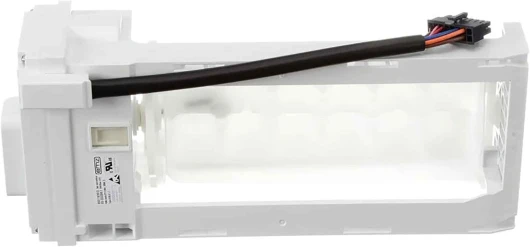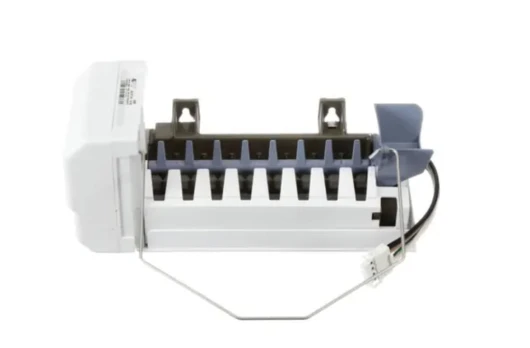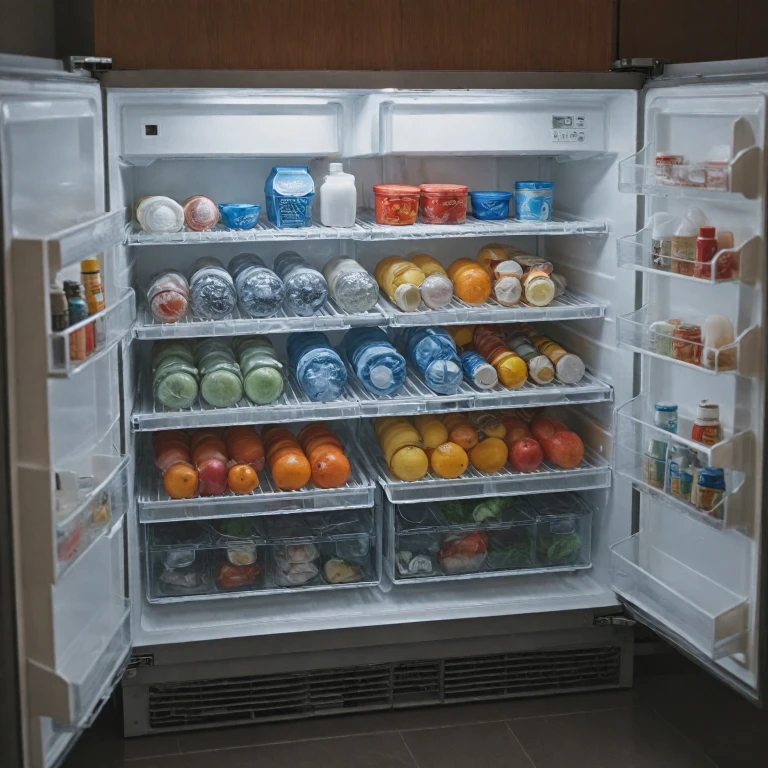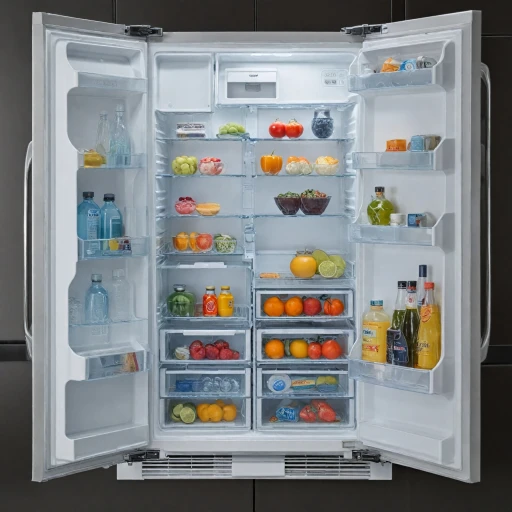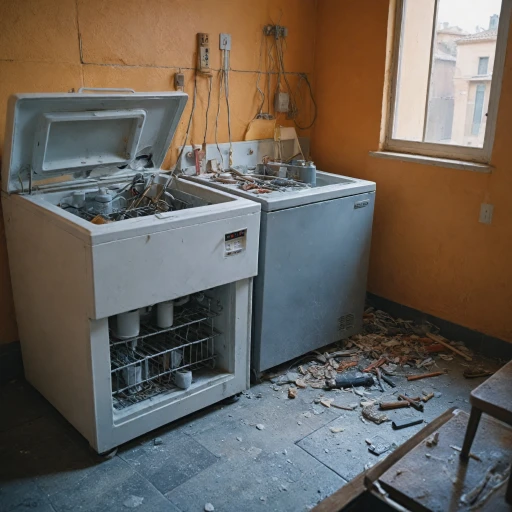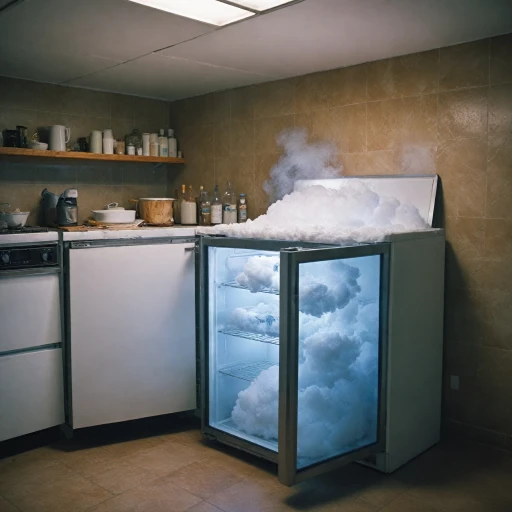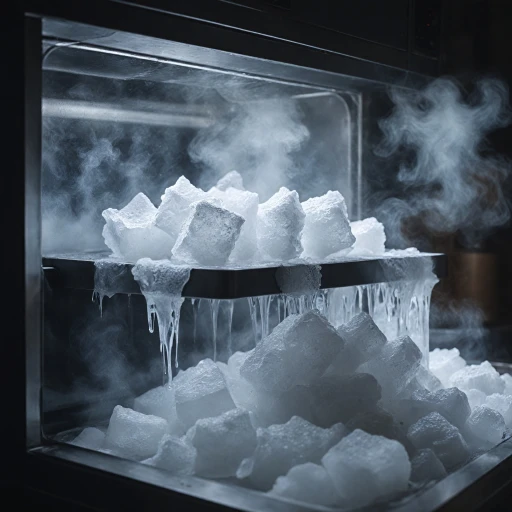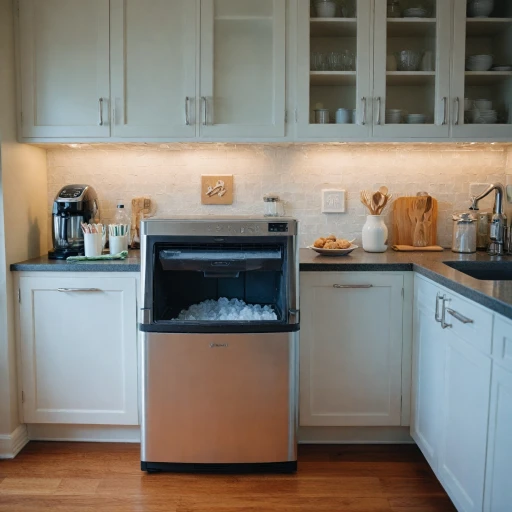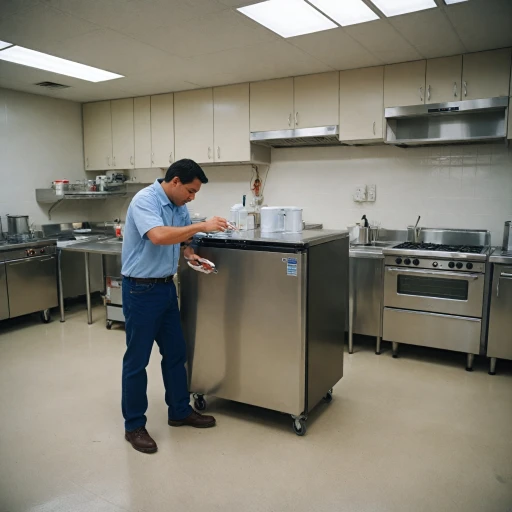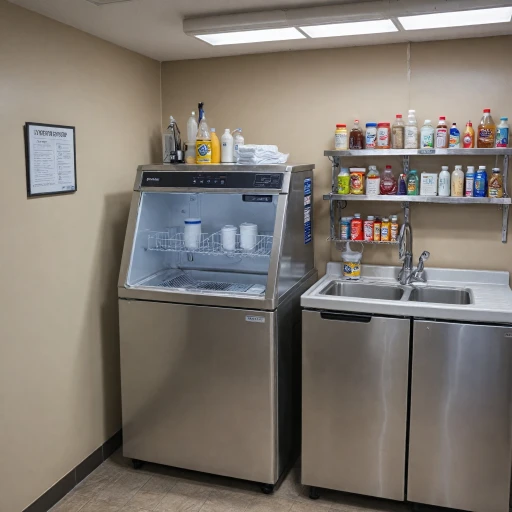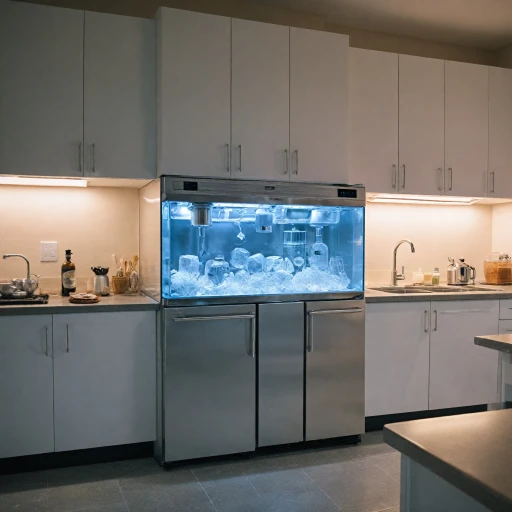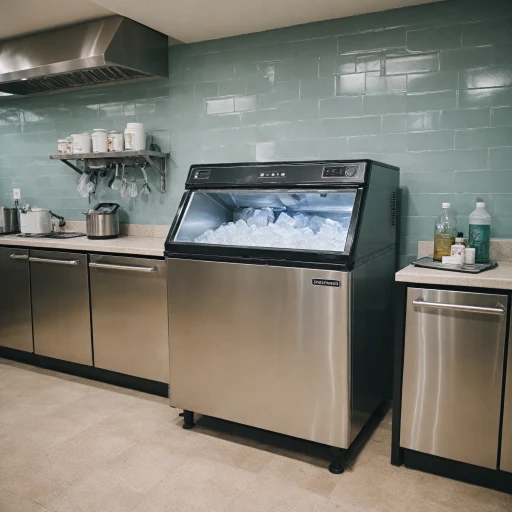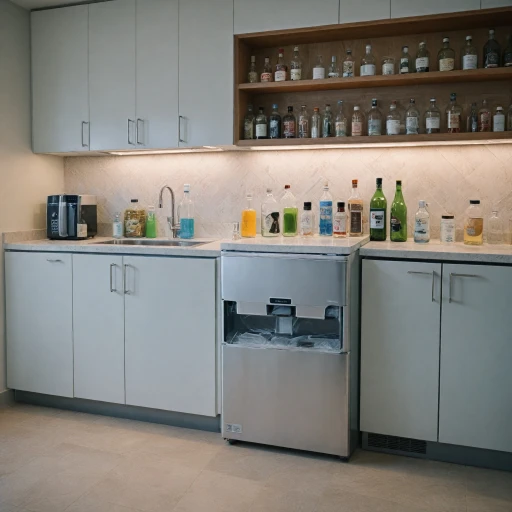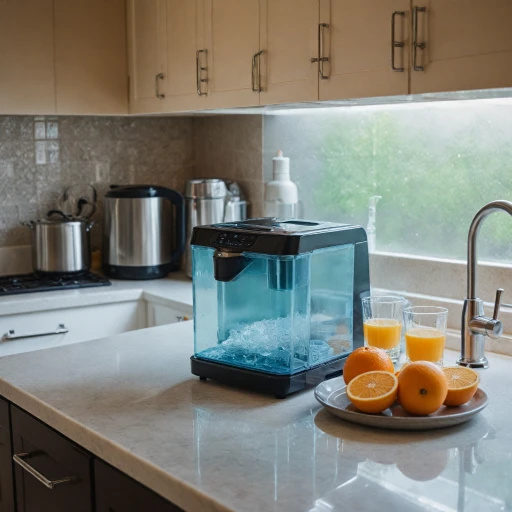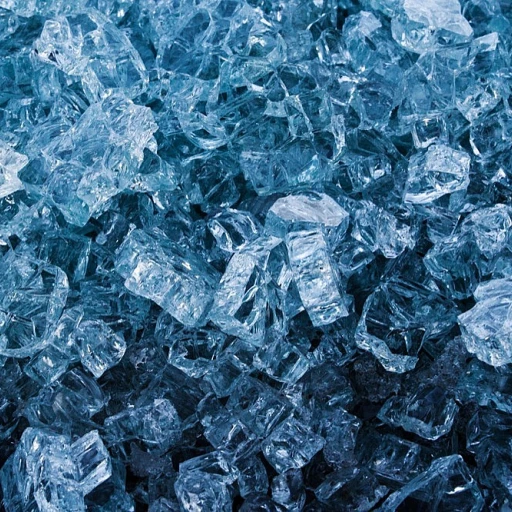
Understanding the Ice Maker Mechanism
Decoding the Bosch Ice Maker System
For Bosch refrigerator owners, the ice maker seems like an intricate device, but with a good understanding, it reveals its straightforwardness. The Bosch ice maker integrates with the refrigerator's water and electrical systems to produce ice cubes upon demand. It primarily consists of the maker assembly, an inlet valve, door switch, and the control board. The process starts when the water inlet valve opens, allowing water to flow into the trays within the maker assembly. Here, water is frozen before the freezer temperature aids in solidifying it completely. Once ready, the ice cubes are ejected into the storage bin, making them accessible through the door. Essentially, efficient ice production hinges on several factors working in harmony:- Water Supply and Inlet Valve: The water inlet must function correctly, ensuring adequate water pressure and an unobstructed flow.
- Temperature Regulation: The freezer's temperature must be set just right—not too warm, not too cold—to optimize the freezing process.
- Electrical Components: The control board and door switch collectively oversee operational commands for making ice.
Common Reasons for Ice Maker Malfunctions
Frequent Culprits Behind Ice Production Hiccups
With Bosch refrigerators, several factors could prevent your ice maker from working efficiently. Understanding these common issues will guide you in diagnosing and resolving problems.
- Water Supply Interruptions: A clogged or malfunctioning water inlet valve can disrupt the flow of water necessary for making ice. Double-check that the water supply line is not kinked or frozen, and ensure the valve is fully open.
- Freezer Temperature: The freezer's temperature may not be set correctly. If it's too high, your Bosch ice maker won't produce ice effectively. Aim for a temperature around 0°F to facilitate optimal ice production.
- Clogged Water Filter: Over time, the water filter may become blocked with debris, lowering the water pressure. Regularly replacing the filter ensures constant water flow to the ice maker assembly.
- Faulty Door Switch: If the freezer door switch is faulty, your ice maker may not know when to dispense ice. Check that the switch is working properly, as it plays a crucial role in the control circuit.
- Malfunctioning Control Board: The control board orchestrates the ice maker’s functions. Any issues here can hinder the starting and operation of the ice-making process.
- Ice Maker Assembly Issues: Problems with the assembly itself, such as a jammed ejector arm or broken components, can disrupt the ice production cycle.
Troubleshooting Water Supply Problems
Addressing Water Supply Issues
Ensuring that your Bosch refrigerator ice maker operates smoothly often starts with checking the water supply. A series of factors can impede water flow, leading to a lack of ice production. Here's a guide to troubleshooting these potential problems.- Check the Water Inlet Valve: The water inlet valve controls the flow of water into your ice maker. If it's faulty or not getting power, ice won't be produced. Make sure to inspect the valve for any signs of damage or wear.
- Inspect the Water Pressure: Adequate water pressure is critical for the proper functioning of the ice maker. A pressure below 20 psi might prevent the valve from working correctly. Use a pressure gauge to confirm the water pressure level in your home.
- Ensure a Clear Water Filter: A clogged water filter can obstruct the flow to the ice maker. Regularly check and replace the filter in your Bosch refrigerator to maintain steady water supply.
- Confirm the Water Supply Line is Unkinked: A kinked or clogged line could restrict water flow to the ice maker assembly. Check the entire length of the supply line for such issues, ensuring there are no blockages or twists.
- Assess the Door Switch: The door switch turns off the ice maker when the refrigerator door is open. If the switch is defective, it may incorrectly signal the control board, preventing ice production.
Adjusting Temperature Settings for Optimal Ice Production
Optimize Temperature for Ice Efficiency
An essential tip for troubleshooting ice production issues in your Bosch refrigerator lies in adjusting the freezer temperature settings. Proper temperature regulation is crucial for the ice maker assembly to function efficiently and ensure that ice cubes are formed without delay. If the temperature is too high, the ice maker may struggle to produce enough solid ice, while too low temperatures can lead to other complications.- Ensure the freezer's thermostat is set between 0°F and 5°F (-18°C to -15°C), which is optimal for making ice.
- Check whether the control board is accurately reading and maintaining these temperatures. Any discrepancy in temperature might suggest an issue with the refrigerator ice mechanism.
- If there isn't any visible change in ice production, it's advisable to inspect the temperature control switch and ensure it is functioning correctly. A faulty switch can lead to improper temperature settings.
Identifying and Replacing Faulty Components
Recognizing Faulty Parts in Your Ice Maker
Identifying and replacing faulty components can be key to solving ice production issues in your Bosch refrigerator. Here's a guide to the crucial parts you should check:
- Water Inlet Valve: This component is essential for allowing water into the ice maker. If the inlet valve is defective or clogged, your ice maker won't function. Verify that the inlet valve is receiving adequate water pressure and has no blockages.
- Water Filter: A dirty or expired water filter can restrict the water flow. Regularly change the water filter as recommended by the manufacturer to maintain effective water supply to the ice maker.
- Door Switch: The door switch turns off the ice maker when the refrigerator door is open. If the switch isn't working properly, it could prevent the ice maker from operating even when the door is closed. Test the continuity of the door switch using a multimeter.
- Control Board: The control board governs the ice maker's functions. If it malfunctions, the ice maker may not start or won't complete its cycle. Inspect for any visible damage or burn marks on the board.
- Ice Maker Assembly: Components within the assembly like the motor or mold heater might malfunction over time. Examine these parts for wear and replace any components that appear to be operating inefficiently.
These checks can help you identify the core issues with your ice maker. However, if inspecting and replacing parts doesn't resolve the problem, you may need to seek professional assistance to ensure the reliable operation of your Bosch ice maker.
When to Call a Professional Technician
When It's Time to Call the Experts
When handling a Bosch refrigerator ice maker that won’t produce ice, there are times when calling a professional technician is the best course of action. If previous troubleshooting steps—checking the water supply, ensuring the water inlet valve is functioning, adjusting freezer temperatures, and replacing faulty components—do not resolve the issue, professional help may be necessary.- Complex Malfunctions: Sometimes, the problem could lie within the control board or the ice maker assembly itself. These components can be intricate and may require specialized tools and expertise to repair.
- Safety and Warranty: Attempting repairs on your own, especially when dealing with electrical components like the door switch or control board, might void warranties or lead to safety hazards. A certified technician will ensure compliance with warranty and safety standards.
- Persistent Issues: If the inlet valve or water supply shows no visible signs of damage yet the maker is not producing ice, a professional’s diagnostics can accurately identify elusive issues.
-logo-retina.png)


